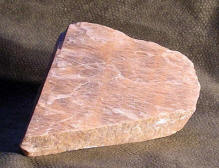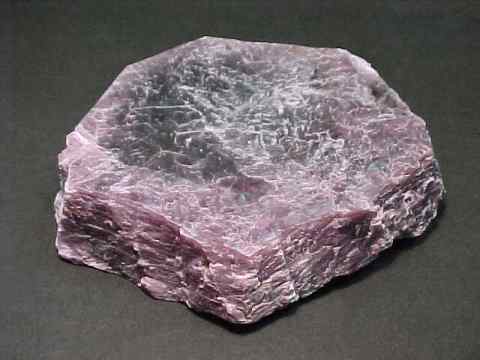INTRODUCTION INTRODUCTION INTRODUCTION
Potassium is a significant factor in the survival
of plants. Potassium makes plants become more resistant to stresses such as
extreme temperatures, droughts, and pests. It also provides plants with their
means to water. Potassium also helps with the elongation of cells during plant
growth, and it aids in the opening and closing of the stomates. Also, potassium
also increases the amount of protein being made within the plant.
Without an adequate amount of potassium, many
parts of a plant begin to weaken. Plants are no longer able to handle stresses
as sufficiently and are more susceptible to diseases. The coloring of the plant
also changes dramatically. Many of the leaves start to turn yellow as the tissue
begins to die, and this loss of photosynthesis stunts a plant’s growth. Without
potassium, plants are in danger of becoming unhealthy.

The source of potassium for plants is soil; that
is where they absorb potassium through their roots. Unfortunately, only a small
amount of potassium in the soil is available to plants. Most potassium in the
soil (up to 98%) cannot be absorbed by plants. Such potassium, called
unavailable potassium, derives from feldspars and micas mineral. But over long
periods of time, this potassium is released from these minerals by erosion to
form what is known as slowly available potassium. Slowly available
potassium can be found in layers of clay and is still very hard for plants to
use. But when the clay holding the potassium becomes wet, a new form of
potassium (known as readily available potassium) is created. This readily
available potassium is a water soluble solution which plants can now absorb.


In order for potassium to be absorbed, the
temperature of the soil has to be between 15.6-26.7 degrees Celsius. Roots also
need adequate amount of oxygen from the atmosphere in order to be able to absorb
what potassium is accessible in the soil.
Plants absorb a lot of potassium from the soil. Because of the relationship between potassium and plants, one way to test for high levels of potassium is examining the relationship between potassium and plant density. We theorized that areas with a lot of plants would have less potassium than an area with less plants, and that areas with little plants would have more potassium than areas with a bunch of plants.